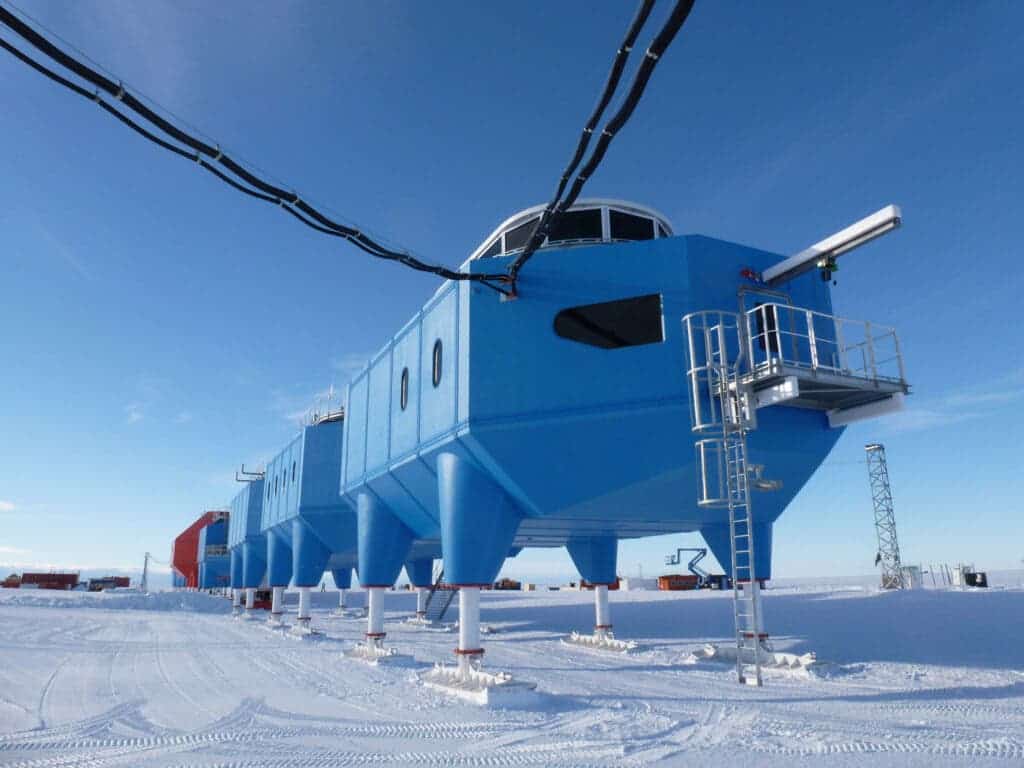
Although Antarctica doesn’t really have any permanent residents, a few thousand people can be found on the continent at any given time– up to 5,000 during the summer season. During the summer, the number of tourists heavily outnumbers the number of “residents”. Of course, people don’t really “live” on Antarctica as they do in other places, they generally come and work for a few months or a year or two.
There are two places in Antarctica that could (maybe) be regarded as “settlements”. The first is the Chilean Villa Las Estrellas base (just over 100 residents in the summer, around 80 in the winter), while the second is the Argentinian Esperanza base (55 winter residents). Both have facilities such as schools, doctors, gyms, etc. However, these are not the largest settlements — the US McMurdo Station takes that one.
However, the vast majority of people in Antarctica, at any given moment, are found on research bases. These bases are closer to research stations, military bases, or oil rigs than actual towns (although as we’ll see, there is one with a town-ish feel). They can host a few dozen people, or in some cases (especially in the summer) a couple hundreds. Let’s have a look at some of these bases.
Orcadas base
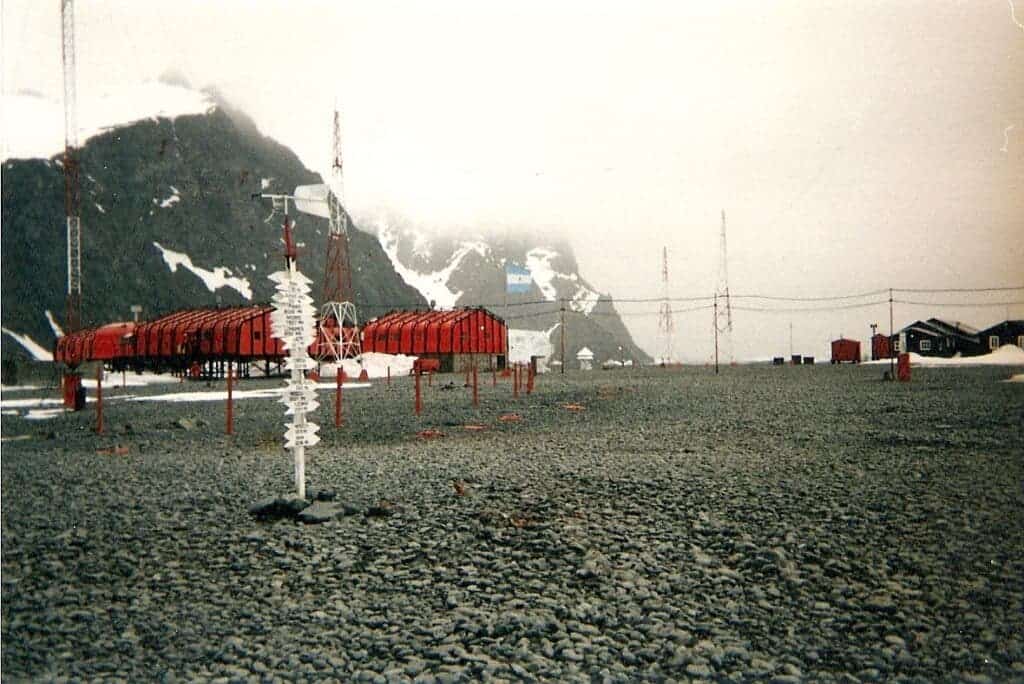
After Antarctica was discovered in 1820, it took nearly 100 years for explorers to reach the pole. In 1903, Dr. William S. Bruce‘s Scottish National Antarctic Expedition established Omond House, a meteorological station on Laurie Island, off the coast of Antarctica.
During the expedition, the crew became stuck in the ice and were unable to sail off so they were trapped in the station for the winter. Bruce left the station in December that year, heading to Buenos Aires to get help and supplies. He became ambitious on the trip — he didn’t just want to get his crew out, he also wanted to continue scientific research in the area. So in exchange for the sum of 5,000 pesos, he managed to get the Argentinian government to commit to the scientific mission. In 1906, Argentina communicated to the international community the establishment of a permanent base, and thus, Orcadas base was established. It remained the only base in Antarctica for 40 years and has been conducting meteorological observations since 1903.
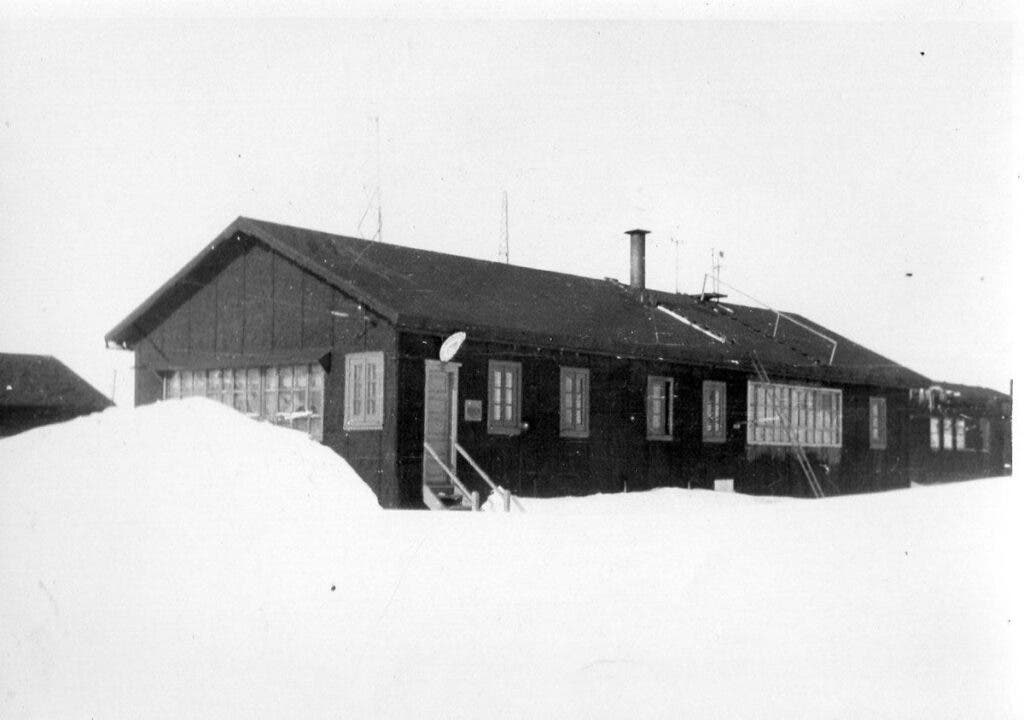
Nowadays, the base has 11 buildings, and in addition to meteorological research, it also focuses on three other topics: continental glaciology, seismology, and sea-ice-zone glaciology. The base can host 45 people in the summer, and during the winter, around 14. Orcadas Base is also the site of the Destacamento Lighthouse, a navigation light mounted on a communications tower, maintained by the Argentine Navy.
McMurdo station
The US base at McMurdo Sound has up to 1,000 personnel at the peak time, and it’s the nearest you can find to a town in Antarctica.
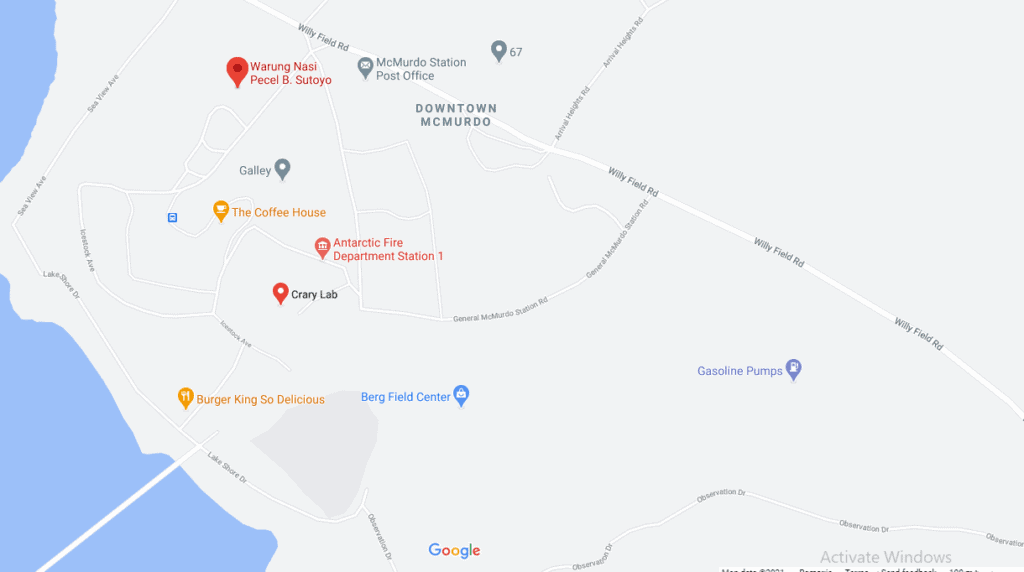
McMurdo (nicknamed “Mac-Town” by its residents) is a weird beast. It’s got a post office, coffee shops, bars — the station has even developed an unlikely beer culture (though nothing too crazy). Looking at it on a map app, you’d probably get the vibe of an average small town. But McMurdo is anything but average.

It was established in 1956, and can host up to 1258 people in the summer, and some 250 in the winter.
Initially, McMurdo station was supposed to be powered by a nuclear power plant — and for a few years, it was. The nuclear plant was installed in 1962, with a generator that produced 1.8 MW of electrical power — the equivalent of 1,500 US gallons (or 5,700 liters) of oil daily). But the plant was decommissioned in 1972, with conventional diesel generators replacing it. A water desalination plant also uses electrical power to provide fresh water to the station.
As of 2009, McMurdo station is also trying to reduce its environmental impact. Three wind turbines were deployed to power the base, reducing diesel consumption by 11%.
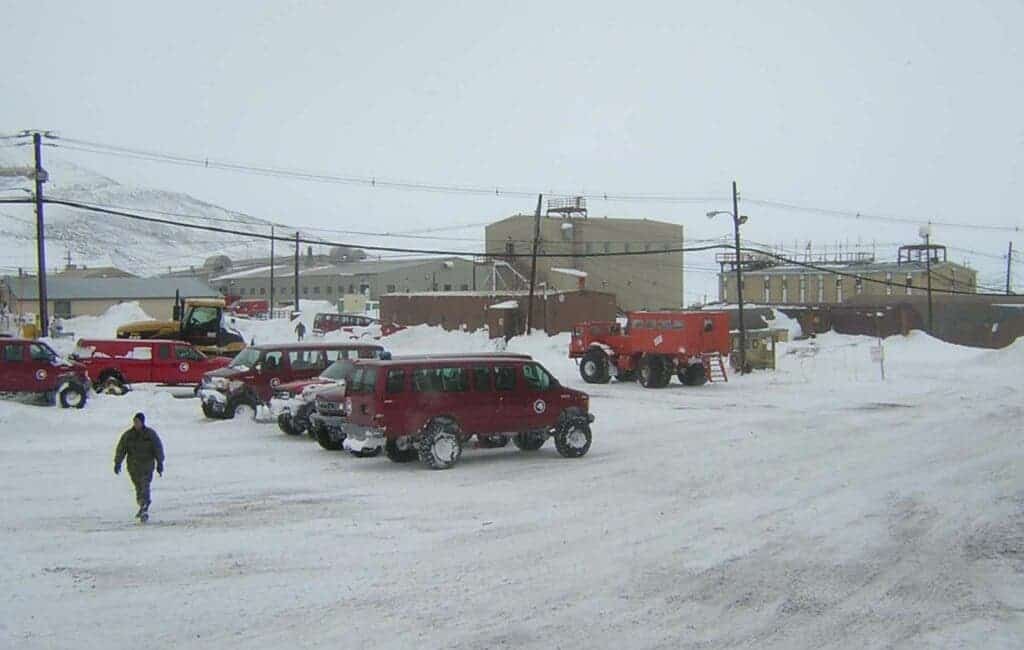
McMurdo Station’s main objective is scientific research. With over 100 buildings, including a modern science station, a harbor, three airfields, and even two ATMs, most of its personnel aren’t conducting science, though — they are ensuring that the logistics of the station work properly. McMurdo even has a greenhouse, although believe it or not, it’s far from the only one in the Antarctic: a total of nine greenhouses exist on the frozen continent: in addition to McMurdo, there are greenhouses at Casey, Davis, Mawson (Australia), Great Wall (China), Syowa (Japan), King Sejong, Jang Bogo (South Korea), and Scott Base (New Zealand).
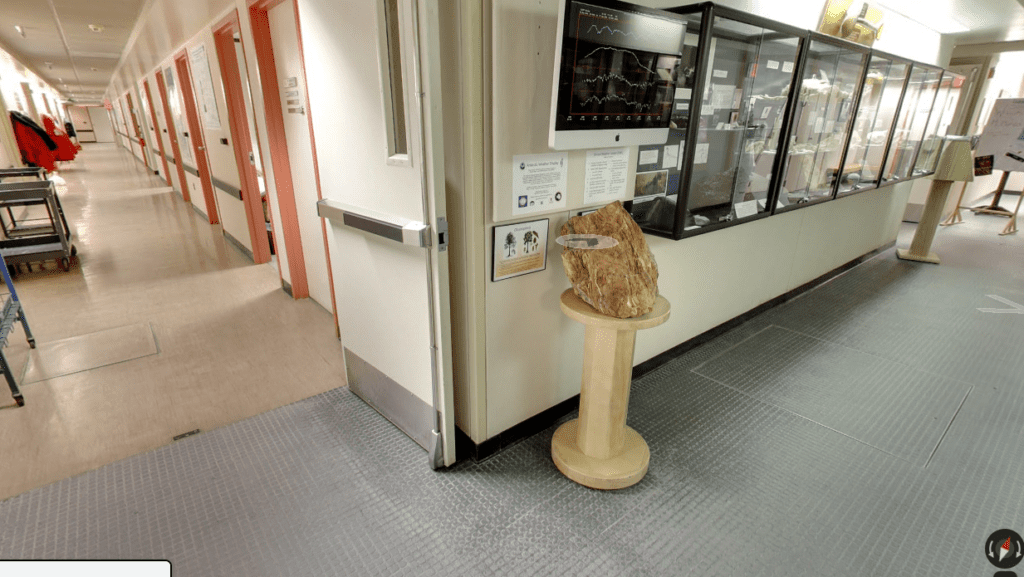
McMurdo is also the only Antarctic base where a protest was held. During the rally, about 50 scientists and station personnel gathered to protest the invasion of Iraq by the United States.
Bellingshausen Station
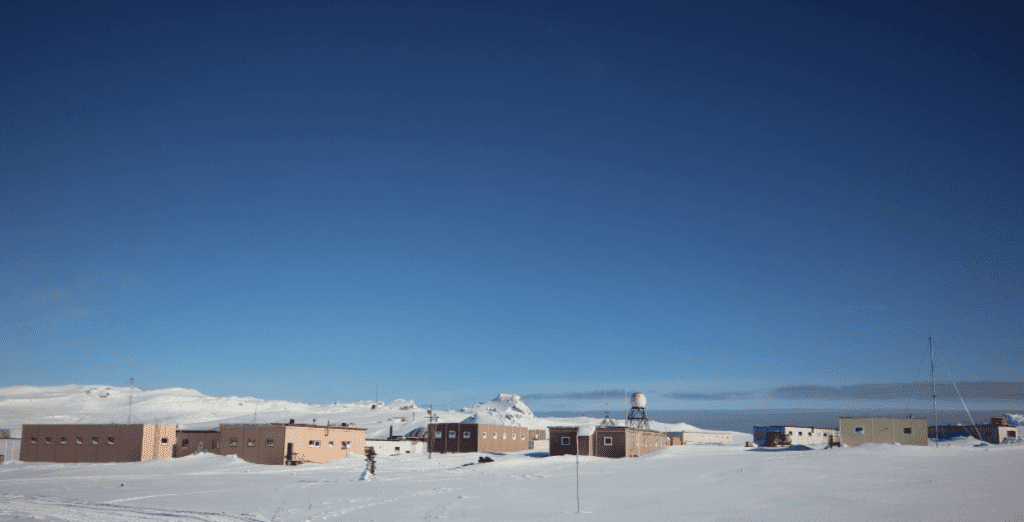
Bellingshausen was one of the first research stations founded by the Soviet Antarctic Expedition in 1968. It also features something that’s very rare in Antarctica: a church — the only manned Orthodox church on the continent.
The station also has some of the mildest Antarctic weather of all stations, but even so, isolation can take quite a toll on one’s health — and Bellingshausen is where one of the very few attempted murders in Antarctica took place.

In 2018, Russian scientific engineer Sergey Savitsky stabbed welder Oleg Beloguzov multiple times with a knife. The reason? Savitsky was fed up with Beloguzov ruining book endings.
To pass the time in the rough Antarctic environment, both men had become avid readers, but the Beloguzov was one step ahead. Every time Savitsky would borrow a book from the library, he’d have his ending spoiled. After one night with one too many drinks and an emotional breakdown, the two got into a fight that ended with a severe stabbing. The victim barely made it, but in the subsequent trial, he forgave his assailant, and the case was dropped.
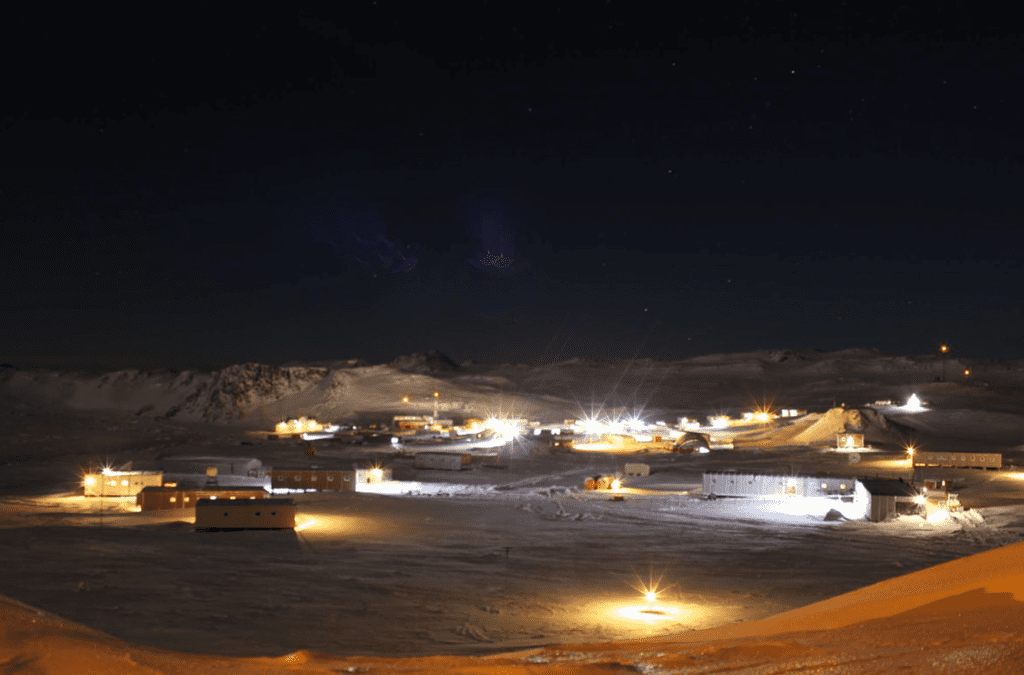
This isn’t the only gruesome attack that took place in Antarctica. In 1959, also at a Russian station (Vostok), a scientist simply lost it after losing a game of chess, and murdered his opponent with an axe. After a subsequent investigation, chess was banned at Russian Antarctic stations.
Neumayer-Station III
The German Neumayer-Station III is much more peaceful, but it does have its own problems. It’s located on the 200 meter (660 ft) thick Ekström Ice Shelf, and moves with it at about 200 meters per year towards the open sea.
In addition to the station itself, several small remote platforms for scientific measurements were set up around 900 – 1,500 m (3,000 – 4,900 ft) from the main station, to eliminate any potential noise that could come from the station itself. Magnetic, seismic, acoustic, and chemical measurements are carried out at these stations.
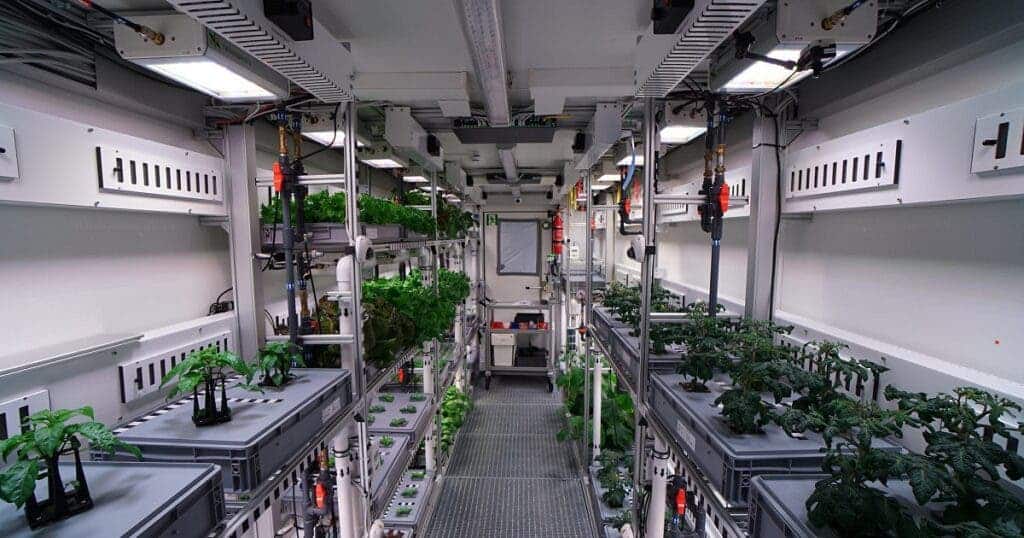
The station only houses around 50 people during the summer (and just 9 during the winter). In 2018, a separate hydroponics research module was installed, growing crops to test hydroponics for use on Mars.
Esperanza Base
Esperanza Base (meaning ‘Hope’) is one of only two civilian bases in Antarctica. The Argentinian base features 43 buildings and can host 55 inhabitants in winter, including 10 families and 2 school teachers. The base also has tourist facilities that are visited by about 1,100 tourists each year.
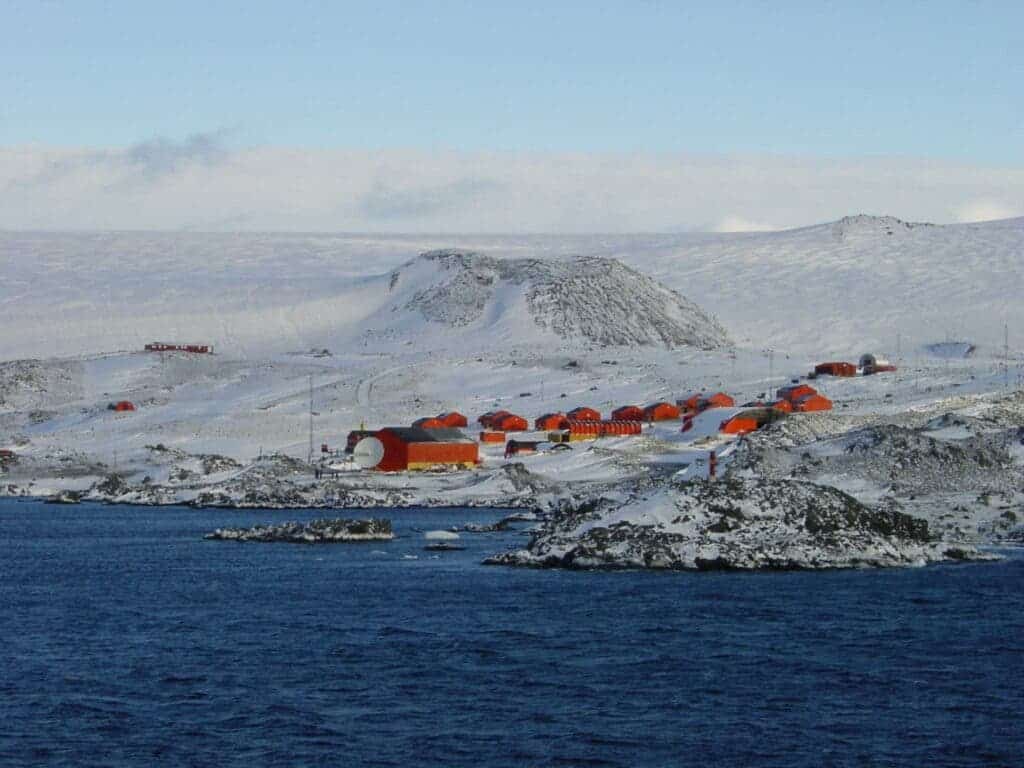
Remarkably, 8 people have been born at Esperanza — and it’s not a coincidence. Argentina used this as a way to strengthen its claim on Antarctic land. In 1977, Argentina sent a pregnant woman to Antarctica to give birth at Esperanza, and by 1983, repeated it several times. Unfortunately for Argentina, the move didn’t get the international recognition Argentina was hoping for. The Antarctic Treaty of 1959 treats the continent as a laboratory open to all, and provides that “no acts or activities … shall constitute a basis for asserting, supporting or denying a claim to territorial sovereignty.”
The Antarctic bases are essentially research stations, but they do also serve a geopolitical role. Seven states currently have territorial claims on the continent — which funnily enough, make the continent look like a pie chart:
Villa Las Estrellas
The other civilian settlement on the continent is the Chilean Villa Las Estrellas, with a summer population of 150 and a winter population of 80. The Chilean government considers it to be in the commune of Antártica, and both Chile and Argentina consider Antarctica to be a continuation of the Andes mountains.
This makes some sense. Some geologists consider the Antarctandes, the mountain range located on the northern parts of Antarctica as a continuation of the Andes Range System. Politically though, things don’t pan out the way the Latin American countries would like it.
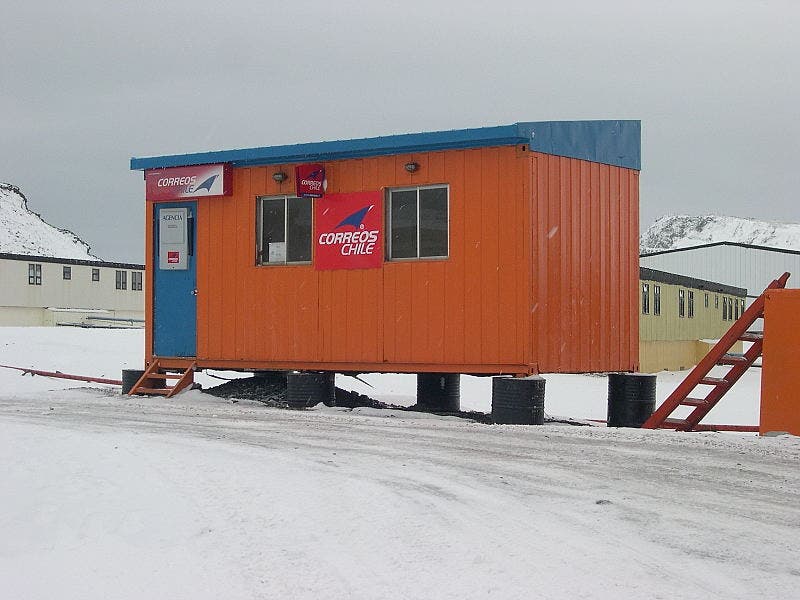
Chile decided to take a page out of Argentina’s book, but made it even more intense: they sent recently married couples to Antarctica to have the first baby conceived and born on Antarctica.
Like Esperanza, Villa Las Estrellas also has a primary school that provides education for the community’s approximately 15 children. It also features a Chilean Air Force Hospital staffed with one doctor and nurse, and decently equipped. However, as of 2018, all visitors to the base must have their appendix removed, due to the limited medical equipment available.

The base also has a postal station that works during the summer and has become something of a tourist attraction. There’s also a hostel and a small souvenir shop run by the women of the town.
Among the attractions of the base is also a gymnasium. The main community hub, the gymnasium features tennis, basketball, and volleyball, as well as ping pong tables, exercise machines, and even a sauna. The gymnasium is also used for cultural and scientific activities.
These are just a few of the 70 permanent research stations scattered across Antarctica. Dozens have closed down, and there are also those that are only open during the summer.
Life in Antarctica is rough — which is why, despite some attempts, the continent is still virtually uninhabited and mostly used for scientific research. However, the Antarctic is still under great environmental pressure — not so much from the local bases (although those too can have an impact) but by global greenhouse gas emissions, which are pushing Antarctic ice to the brink.
Previously, in the 19th century, whale and seal hunting also brought Antarctic ecosystems to the brink of collapse, showing just how quickly the pristine environment can be imbalanced. Now, growing tourism also threatens the local environment.
Not exactly a settled continent but no longer an inaccessible landscape, the Antarctic remains an unusual topic in our history. Some seek to tame and claim it, others seek to explore it for its resources, or study it. Hopefully, we will also learn to cherish and protect it.
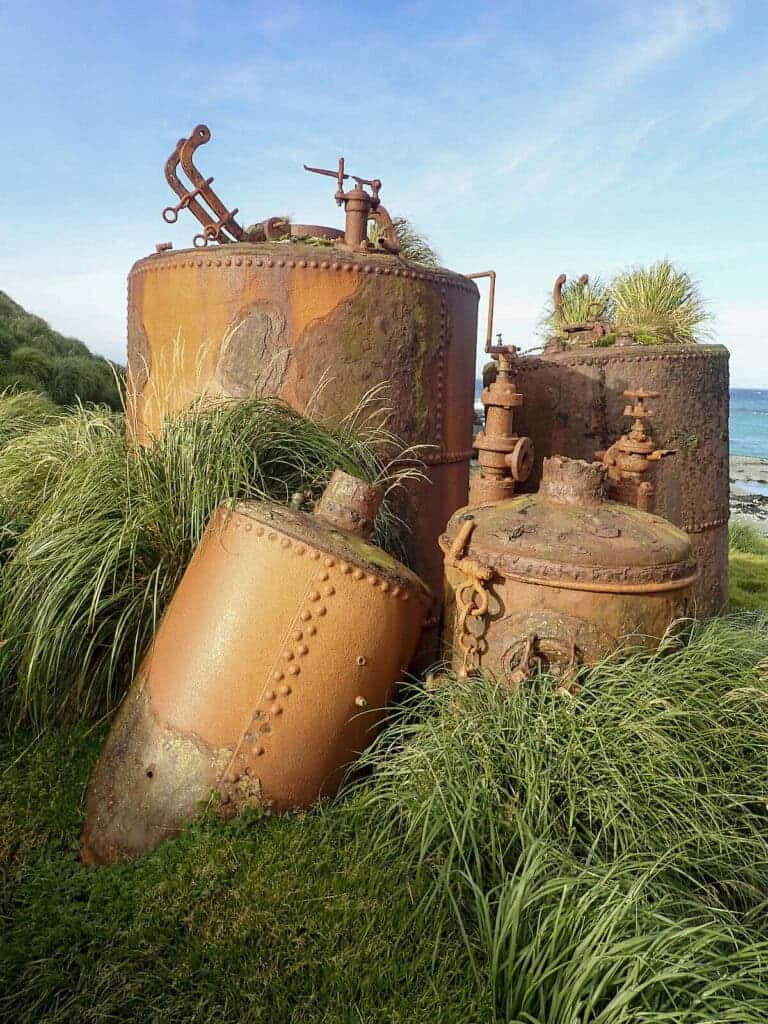
Edit: an initial version of the article wrongly stated that there is a McDonald’s and a BurgerKing at McMurdo station. We have relied on questionable sources and we apologize. This has since been rectified.


